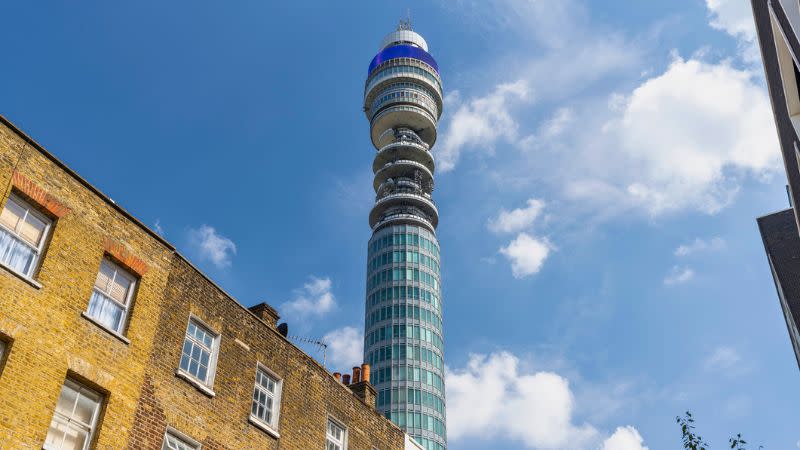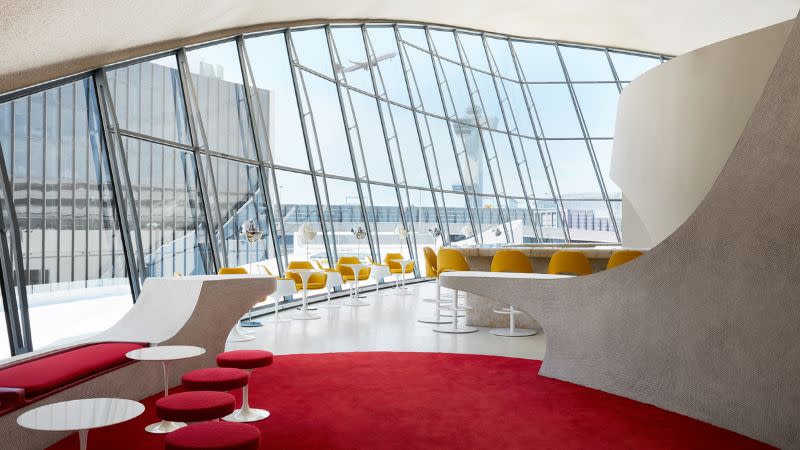Towering Ambition: Hotel Rebirth for London Landmark

The word “iconic” has, thanks to misuse and overuse, become virtually meaningless.
Which is a pity, especially when something actually iconic, such as London’s BT Tower, demands attention.
Completed in 1964 and opened the next year by prime minister Harold Wilson, the then Post Office Tower at 177m was the tallest structure in the English capital.
From its site in Fitzrovia, south of Regent’s Park, the tower, designed by Eric Bedford, relayed microwave signals from its distinct design and kept watch as London literally grew up.

Today, compared to the world’s tallest building—the Burj Kahlifa at 820m—and indeed London’s tallest—The Shard, 309.6m—the tower may seem a bit of a tiddler, however its dominance of the skyline remains, despite the slings and arrows of outrageous fortune that beset it.
When opened, the tower included viewing galleries, a souvenir shop and a rotating restaurant on the 34th floor.
Called the Top of the Tower, it made one revolution every 23 minutes. Few buildings symbolised Swinging London so well.
But on October 31, 1971, a bomb exploded in the roof of the men’s toilets at the Top of the Tower.
Responsibility for the explosion, which damaged buildings and cars up to 370m away, was claimed by a far-left anarchist collective, The Angry Brigade (no, really), as well as a person claiming to be the Kilburn Battalion of the Irish Republican Army.
Much of the tower was then closed to the public, including the restaurant, for security reasons.
In 1980, the restaurant’s lease, held by Butlins, expired. The next year, all public access to the building ceased.
BT Group acquired the tower in 1984 and renamed it.
The BT Tower was given Grade II listed building status in 2003 and in 2011, due to safety concerns, the last of the antennae was removed.

But late last month, a new era for the tower that will forever be associated with a giant kitten for those of us of a certain age, appeared to dawn—the tower has been sold thanks to the shift from microwave aerial transmissions to fixed and mobile networks.
US Hotelier MCR Hotels acquired the tower for $533 milllion (£275 million) on February 21 and plans to repurpose it as a hotel, which is no surprise in itself but conjures up some fairly exciting prospects.
The adaptive reuse project will be designed by local firm Heatherwick Studio.
MCR is no stranger to adaptive reuse—it is the owner and operator of the rather wonderful TWA Hotel at New York’s JFK Airport as well as host of high-end properties, including the Highline Hotel at 10th Avenue, also in New York.
MCR Hotels owner Tyler Morse said they saw many parallels between the TWA Hotel and the BT Tower.

“Both are world-renowned, ground-breaking pieces of architecture. It’s been a privilege to adapt the TWA Flight Centre into new use for future generations, as it will be the BT Tower.”
Whatever Heatherwick’s plans for this radical transformation may be, it means the tower will remain a landmark on London’s skyline. Or perhaps even an icon.
















